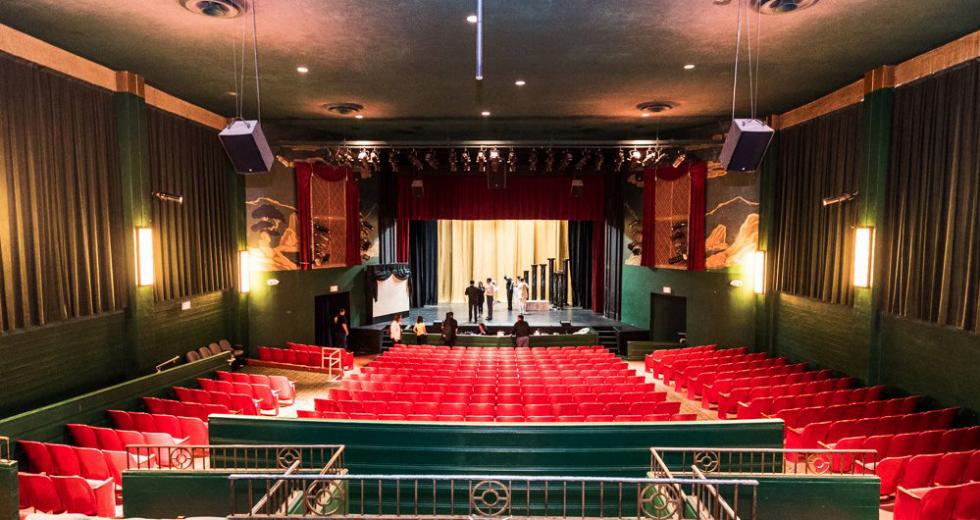“Balancing the stage” is a common theater term. It refers to the arranging of the actors and set in a strategic way to produce a desired effect. A director can create a feeling of order or of chaos with the choices they make. For the audience, balance is crucial — a stage that lacks balance will pull focus and distract from the story the company needs to tell.
As I’ve learned in my role as executive director of the Roseville Theatre Arts Academy, “balancing the stage” can also be used to describe the story of our nonprofit, and of the story we continue to tell with each new season. Like most theaters, we are faced with many difficult questions as we struggle to find the perfect balance in our selection of shows each season: Will people buy tickets or season passes to see these shows? Will the actors want to act, will the directors want to direct and will the crew members want to work on these shows? We ask ourselves if these stories will feed our community artistically, and crucially, will they harmonize with other local projects?
The answers start where most things do for those in the nonprofit art world — with a solid, effective board. You start at a loss if your board has egos to feed, or if board members just want to dictate what they want to see. Our theater is very fortunate to have a board that comprises an amazing balance between those on the artistic side and those with strong business sense. The latter tell us how much we have to spend, and we the former, as artists, are given the freedom to choose shows — even if it means we cannot afford a real car for “Grease.” Respect for each other’s strengths and trust in each other’s instincts form a strong base, and a balance.
When selecting shows, we find our stage balance between producing the standards that deliver profit, (such as the classic “Fiddler on the Roof,” or any well-known Disney show) and what actors and crew members want to perform and work in, such as “Urinetown.” (Yes, it’s a real show — a great one, in fact — but it’s not a show that sells tickets based on title alone.)
So, Roseville Theatre Arts Academy has adopted a strategy that works for us: We alternate each season. One season, we will select one show that feeds our artistic desires, and the next season we will choose a known blockbuster. And we budget accordingly — our income budgets change each year based on our conservatively-projected draw and sales. Of course, our fixed expenses do not change each year, so the work of the executive director begins each season by making sure we land sponsorships, obtain donations to fill the gaps and stick to the projected expenses for each show.
Most patrons do not understand why shows are so expensive to produce or why ticket prices are so high. They don’t care how much royalties, a live orchestra, sets, costumes, printing, advertising and staffing cost. They shake their heads and say, “A $15 ticket for ‘Beauty and the Beast?’ Don’t you offer any discounts or coupons?” In answer to their questions: Art costs money — sometimes a lot of it — and the bigger the production, the more expensive the costs.
Some theaters are fortunate enough to have very little overhead or huge amounts of corporate sponsorship and grant funding, which allow them to cater to the artistic pleasures of their every whim. But for most theaters, like Roseville Theatre Arts Academy, who have to deal with rent increases, utilities and maintenance and the competition for a small pool of sponsorships, theater art is absolutely a business. It’s imperative to end each year in the black so that you can do it all over again the next year.
If you can please most of your patrons, grow your base of support and keep a happy and thriving staff, then you have achieved the perfect balance.




